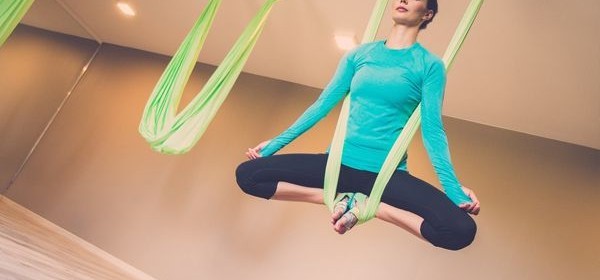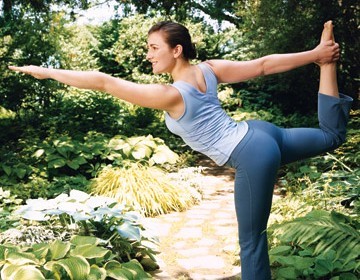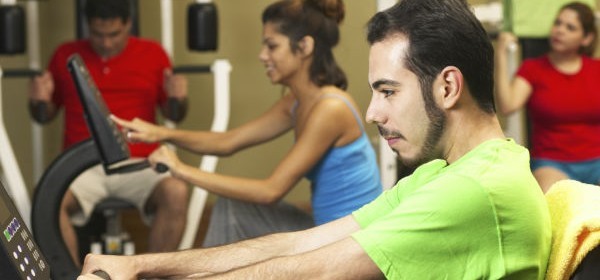How to Breathe Correctly For Every Type of Exercise

Most people don’t pay a lot of attention to their breathing technique when they exercise, but breathing the right way can have a significant impact on your fitness, agility and even weight loss.
Read on to find out the right breathing technique for every type of exercise.
Yoga
Controlling your breath is a major part of yoga, since the breath enables the flow of energy through your body. If you are a beginner, you should try to practise sama vritti, or equal breath, where you match the timing and rhythm of your breathing so that your inhales are the same as your exhales. Known as 1:1 breathing, this will help you focus your mind and lower your heart rate and blood pressure.
If you are a yoga veteran, you can try Ujjayi pranayama, or victory breath, which is where you inhale, and keeping your throat in the same position, close your mouth and exhale. This type of breathing should produce a sound from your throat with every breath.
Strength training If you spend a lot of the time at the gym, you’ll know that breathing is an important part of strength training. If you are lifting weights for example, you need to inhale as you lower the weight and exhale as you lift it once again. If you are bench pressing, you need to inhale as you bring the weight down to your chest and exhale as you push it back upwards. Holding your breath for a short stint puts pressure on the chest and helps improve stability, but if you hold it for too long it can prevent the return of blood to the heart, raising your blood pressure.
Running If you prefer to run as your exercise, you should try to match your breathing to your strides to get the perfect rhythm. Not breathing properly while you’re running is what leads to stitches in your side. The best way to breathe while running is to try to take a breath for every two strides. So breathe in, left/right, breathe out, left/right, and so on. This is known as the 2:2 rhythm, and it works for almost all running paces, except for a very fast sprint.
Playing a sport If you are playing a sport like basketball, cricket or football, you should make it a point to breathe from your diaphragm and not your chest, since the diaphragm is the most efficient breathing muscle. Avoid panting, as looking tired makes your opponents more confident about beating you. If you are about to be tackled, take a deep breath right before impact, to help stabilise your core.
Article Courtesy: http://healthmeup.com/
Image Courtesy: http://healthveda.com/









